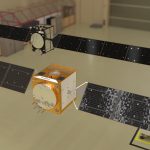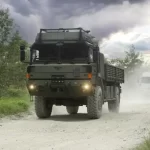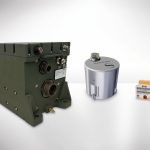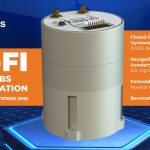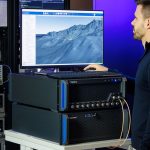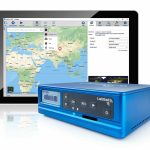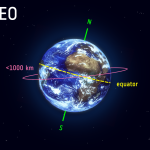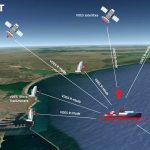Weekend Read: Galileo Second Generation Satellite Design Approved for Production
The development of the Galileo Second Generation (G2) satellites has achieved a significant milestone as independent Satellite Critical Design Review (CDR) boards have confirmed that the satellite designs meet all mission and performance requirements. This accomplishment marks another step forward in the schedule to develop the first 12 satellites of the G2 fleet.
By Inside GNSS
